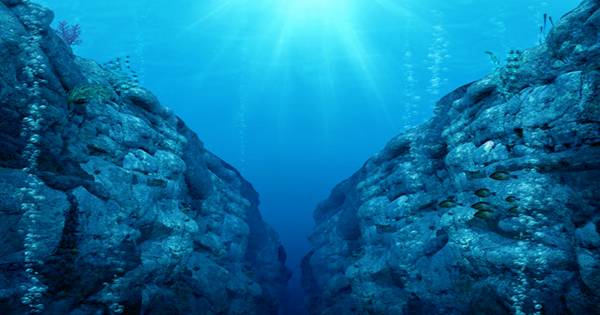According to the Chinese Academy of Sciences, a deep-sea submarine sank 10,909 meters (about 35,790 feet) deep in the waters of the Mariana Trench in the western Pacific Ocean on Tuesday, Nov. 10, known as “Fendouzhe” or “Striver”. This depth is 20 meters (65 feet) less than last year’s record. Three researchers aboard a Chinese deepsea submerged vehicle were able to live-stream their adventures as they entered the planet’s deepest ocean trench.
A handful of people have rained down the same depth as the Mariana Trench before, a crescent-shaped ditch that is so deep that it can hide Everest beyond 2,000 meters (6560 feet). The first crew’s first voyage to the continent was made in 1960, and then Canadian filmmaker James Cameron, who directed the Titanic and Avatar, did not have a mission until he made his first solo voyage in 2012. Explorers, especially Texas businessman Victor Vescovo, who set a record for the deepest crew sea dive in 2019 after reaching 10,927 meters (35,853 feet) at the southern tip of the Mariana Trench.
The submersible is electrically powered and can swim “almost” underwater for 10 hours. It is equipped with biological specimens and robotic weapons to navigate the gold pitch-black water. Perhaps most impressive, the vehicle has to withstand extreme pressure under about 10,000 meters (32,800 feet) of water. It is estimated that the water pressure at the bottom of the trench is more than 703 kilograms per square meter (8 tons per square inch) and the sea level is about a thousand times higher than the atmospheric pressure.
It has been described as an environment similar to other worlds and aliens, but unfortunately, the Mariana Trench is not immune to human-driven environmental changes across the planet. For example, scientists have documented the presence of microplastics and large plastic trash in the Mariana Trench. Previous studies have found that plastic is now found in the stomachs of marine animals in the six deepest regions known to be oceans.
















